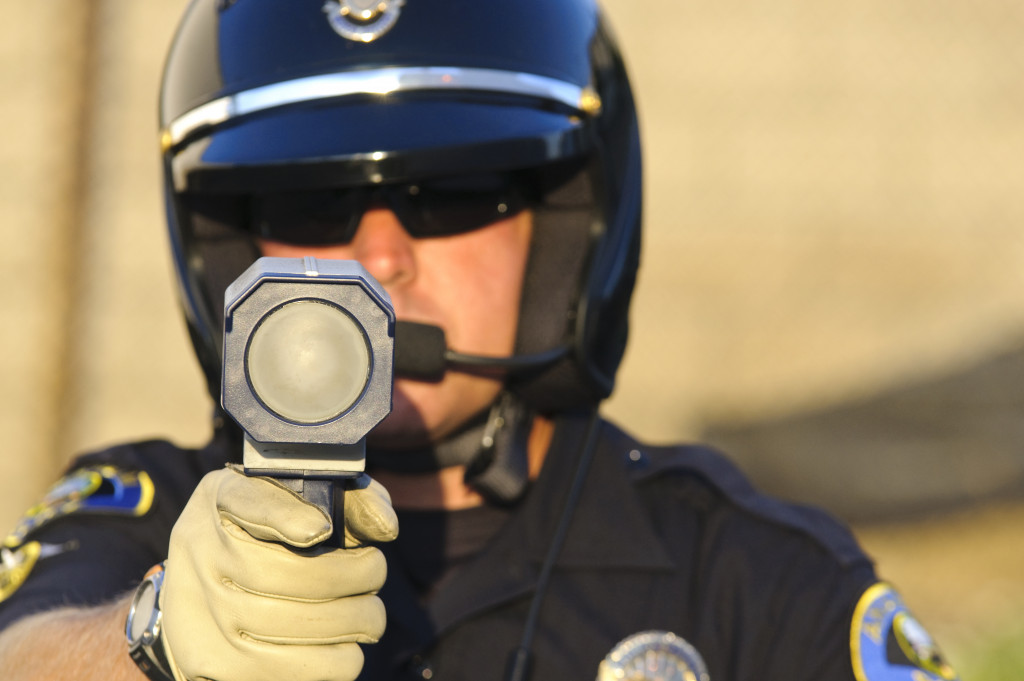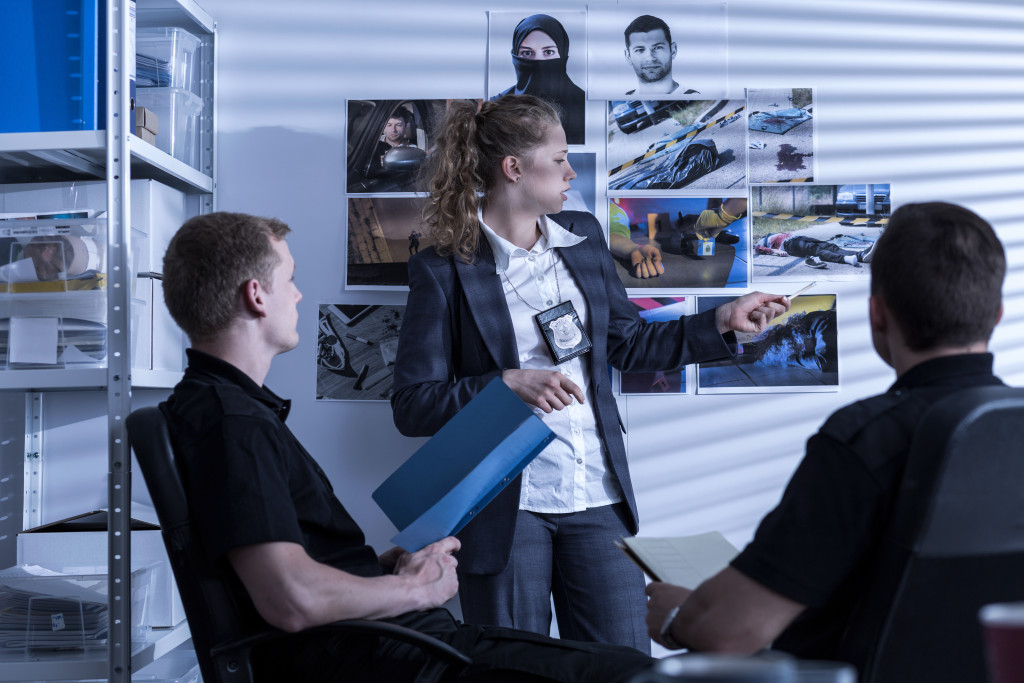How Technology Helps the Police Fight Crime

It is no secret that technology and the police force have a long, complicated history. From the early days of fingerprinting to today’s sophisticated DNA analysis, technology has always played a role in crime fighting. In recent years, however, the use of technology by police has come under scrutiny.
From concerns about privacy to questions about the effectiveness of certain tools, there is a lot of debate about how and why technology should be used by law enforcement. Here are six ways that technology is helping the police catch criminals and keep communities safe:
1. DNA Analysis
In 1984, the first DNA profile was used to solve a crime. Since then, DNA evidence has helped convict more than 400,000 people of crimes ranging from murder to burglary. There are more than 20 million profiles in state and federal databases today. This information helps investigators solve crimes and exonerate innocent people who have been wrongfully convicted.
Data has not only helped solve cold cases, but it has also been instrumental in preventing future crimes. Through DNA “familial searching,” police can match crime scene evidence to family members of known offenders, leading them closer to the perpetrator.
2. Surveillance Cameras
Surveillance cameras have become increasingly common in public spaces and private businesses. This technology can be used to monitor activity, provide evidence in criminal investigations and deter individuals from committing crimes in the first place. When used properly, surveillance cameras can provide valuable information to police without violating privacy rights.
While they are not a perfect solution, surveillance cameras have proven to be effective in solving crimes and catching criminals. In one high-profile case, surveillance footage helped police identify the suspects responsible for bombing the Boston Marathon in 2013.
3. Use of Radar Guns
The use of radar guns for speed enforcement has been common for decades, but technological advances have made them even more effective and efficient. Radar guns from Stalker, for example, can simultaneously track multiple vehicles and record speed, time, and location data. This information can be downloaded onto a computer for police use in investigations and court proceedings.
If used properly, radar guns help police enforce speed limits and improve the safety of roads. They can also give officers real-time information about speeding or potentially dangerous drivers in their area.

4. Facial Recognition
Facial recognition technology is often used for security purposes but is also becoming an important tool in law enforcement. This technology can be used to identify suspects captured on surveillance footage or find missing persons. It is also being used to combat human trafficking by matching photos of missing children with photos of children who are being sold for sex.
When used correctly, facial recognition technology can aid in efficient and accurate investigation processes. However, concerns have been raised about privacy issues and the potential misuse of this technology. Law enforcement agencies must carefully consider the ethical implications and proper use of facial recognition technology in their policing efforts.
5. Predictive Policing
Predictive policing is a new tool that some police departments use to prevent crime before it happens. This type of policing uses data analytics to identify patterns and trends in criminal activity so that officers can be deployed to areas where they are most likely to be needed.
While predictive policing is still in its early stages, it has shown promise in reducing crime rates in some areas by as much as 50 percent. If used ethically and in conjunction with other policing methods, predictive policing can greatly enhance the safety of the public.
6. Body-Worn Cameras
In recent years, body-worn cameras have become a popular tool for police to increase transparency and accountability. These cameras can provide important visual evidence in investigations and can even deter officer misconduct. However, implementing these cameras raises questions about privacy and data storage.
If used properly, body-worn cameras can help reinforce trust between police and the communities they serve. They also provide crucial information for holding both officers and suspects accountable in criminal proceedings.
Overall, technology has greatly enhanced the abilities of law enforcement to prevent and solve the crime. However, these tools must be used ethically and in conjunction with other policing strategies. As technology advances, it will be crucial for police departments to stay informed and adapt to effectively serve and protect their communities. Technology can be a controversial topic regarding law enforcement, but there is no denying that it can be a valuable tool in the fight against crime. So, let us embrace it and continue to make advancements in the name of public safety.




